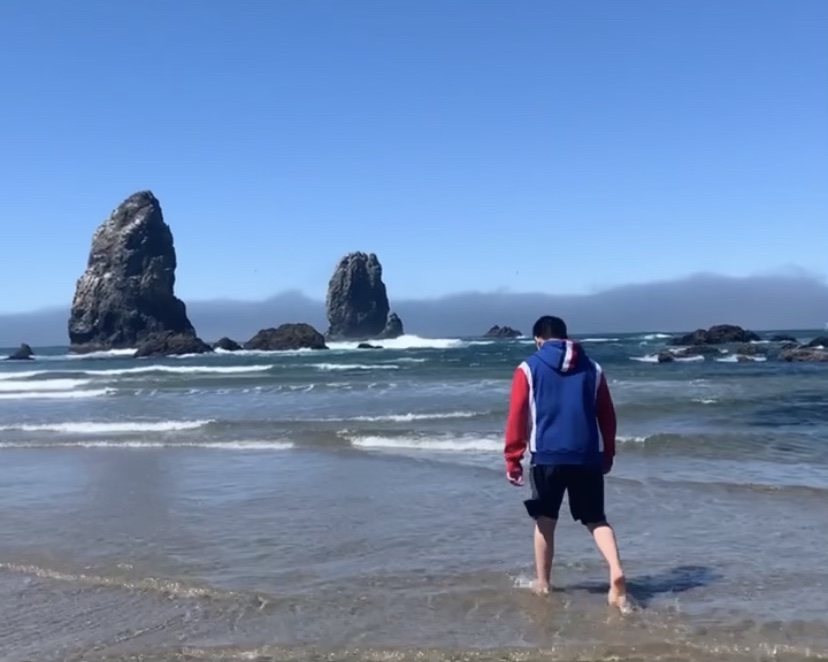Hello again,
I came into this internship wanting to learn more about the policy side of conservation and environmental work and the intersection of science and policy. I can confidently say that after 6 weeks working for ODFW that I have vastly improved my knowledge about the policy side of this work. Aside from the various meetings that I have participated in, I’ve also been able to connect with various professionals one-on-one and follow part of the process of HB3114 that just got signed by the governor this week! In addition, I’ve been able to build many other skills such as graphic design that I never knew would be so useful in this field.

Listening and participating in all these meetings has given me an insight into how long of a process it takes to establish a new law, management plan, etc. I had to pleasure to talk to Cristen Don, the Marine Reserves Program Leader, who informed me that it took almost 10 years to establish the marine reserves as it’s a very intensive process. The process of establishing regulations etc. is much more engaged of a process than I had initially thought with steps that include not just scientific research and negotiation but also community engagement. I have been pleasantly surprised by the number of opportunities the public is given to interact with any step of the process. Fishermen, scientists, lawmakers, and everyone in between is given a chance to have their say in the process and collaborate with one another to find the best solution to the issue at hand. I’ve also noticed how far-reaching some of these collaborations can be, for example, the Pacific Coast Collaborative brings together people from California, Oregon, Washington, and British Columbia. On the other hand, there is definitely this trade-off between this long process has it hinders the ability to act quickly to problems as they arise. For example, HB3114, which invests $1 million into the study of ocean chemistry and problems related to acidification and hypoxia, has been in progress for about 2 years and just got signed this week.

With my current path leading to starting my master’s program in the fall at UC Davis in Environmental Policy and Management, this internship has definitely inspired me to delve further into my studies. I had so many questions going and I accumulate more and more questions as I continue on. I hope to maybe connect with people in the California Department of Fish and Wildlife or non-profits like the California Ocean Science Trust while I’m at Davis and continue working at the intersection of science and policy.

